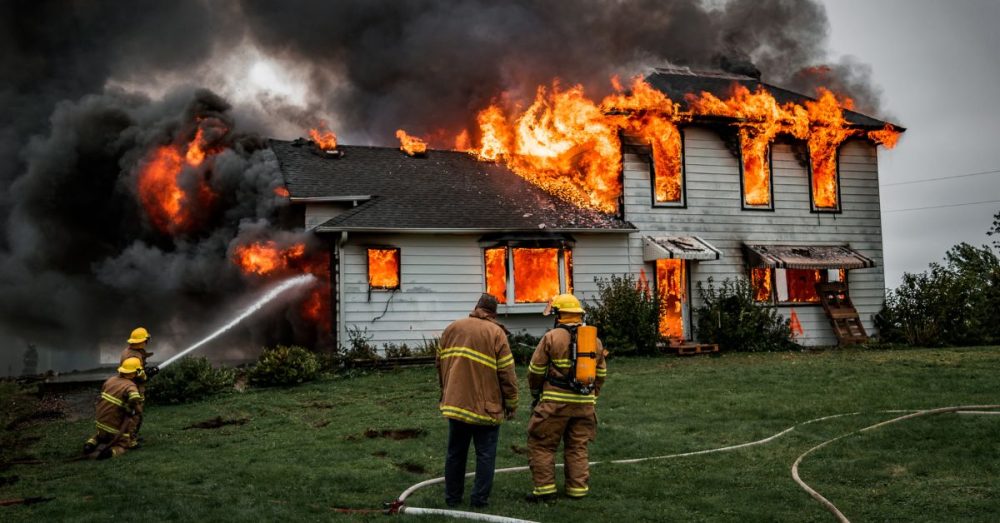The area burned by wildfires in the U.S. has increased annually since the 1980s.
Nearly twice as much tree cover is burned by wildfires today as happened in 2004. Experts point to three leading factors behind the increase: climate change (higher temperatures are more conducive to igniting fires), human negligence (unattended campfires), and natural factors (lightning strikes).
Only months ago, Texas faced the biggest wildfire it had ever seen, caused by a deteriorated utility pole that collapsed under its own weight and ignited dry grass, as reported by The Dallas Express.
Texas is not the only state regularly battling wildfires. California and other states have also had their share.
Insurance companies are now on a mission to see changes in the way that homes are built, using fire-resistant designs to stop the spread and damage of wildfires. The New York Times reports on the research these companies are conducting and what could be the biggest overhaul of building standards in decades. Here’s the start of the story:
The insurance industry is setting homes on fire — just to make a point.
The fires are controlled, kindled in a research lab or staged at training facilities used by fire departments. They are designed to simulate the conditions that help wildfires spread through neighborhoods and cause what the insurers call a “conflagration event,” like the one that killed 102 people and destroyed the town of Lahaina on Maui in Hawaii last August.
The message to homebuilders is stark: Homes in certain parts of the United States must now be constructed with wildfires in mind, or they most likely will not be insured, which would mean they couldn’t be bought with a mortgage.
In part because of climate change and the resulting increase in catastrophic storms and fires, insuring homes in some parts of the country has become a money-losing proposition for the industry. Across the United States, insurers lost $33 billion in 2023 on personal home and auto insurance, according to AM Best, a ratings agency for the industry.
In California, where fires have consumed more than roughly 220,000 acres of land in just this year, major insurers like State Farm, Allstate and Farmers have all pulled back. In some areas, they have stopped writing new policies and have canceled some existing policies. This month, State Farm asked California’s insurance regulator to approve a 30 percent rate increase for the owner-occupied home insurance it still provides in the state.


